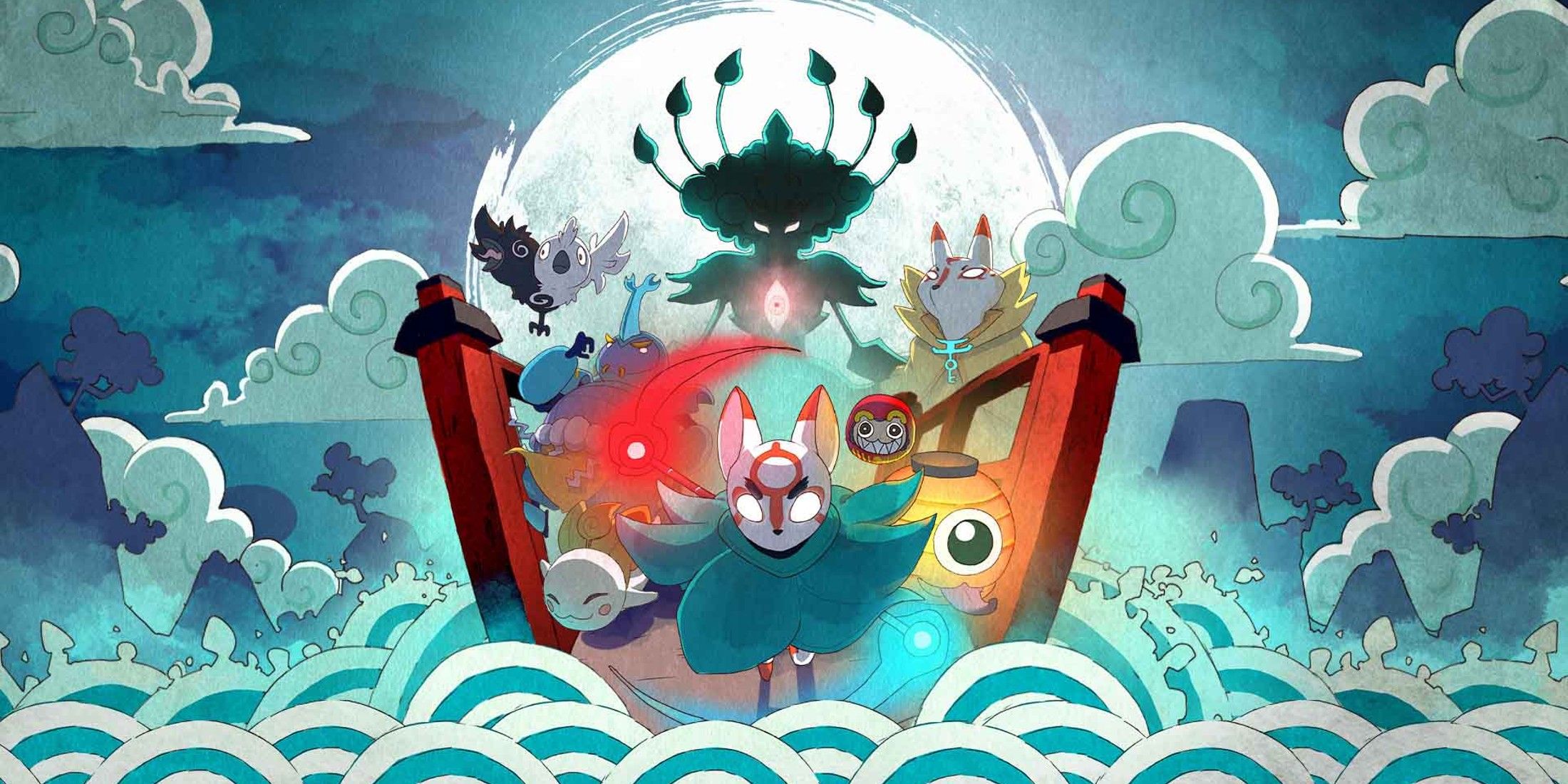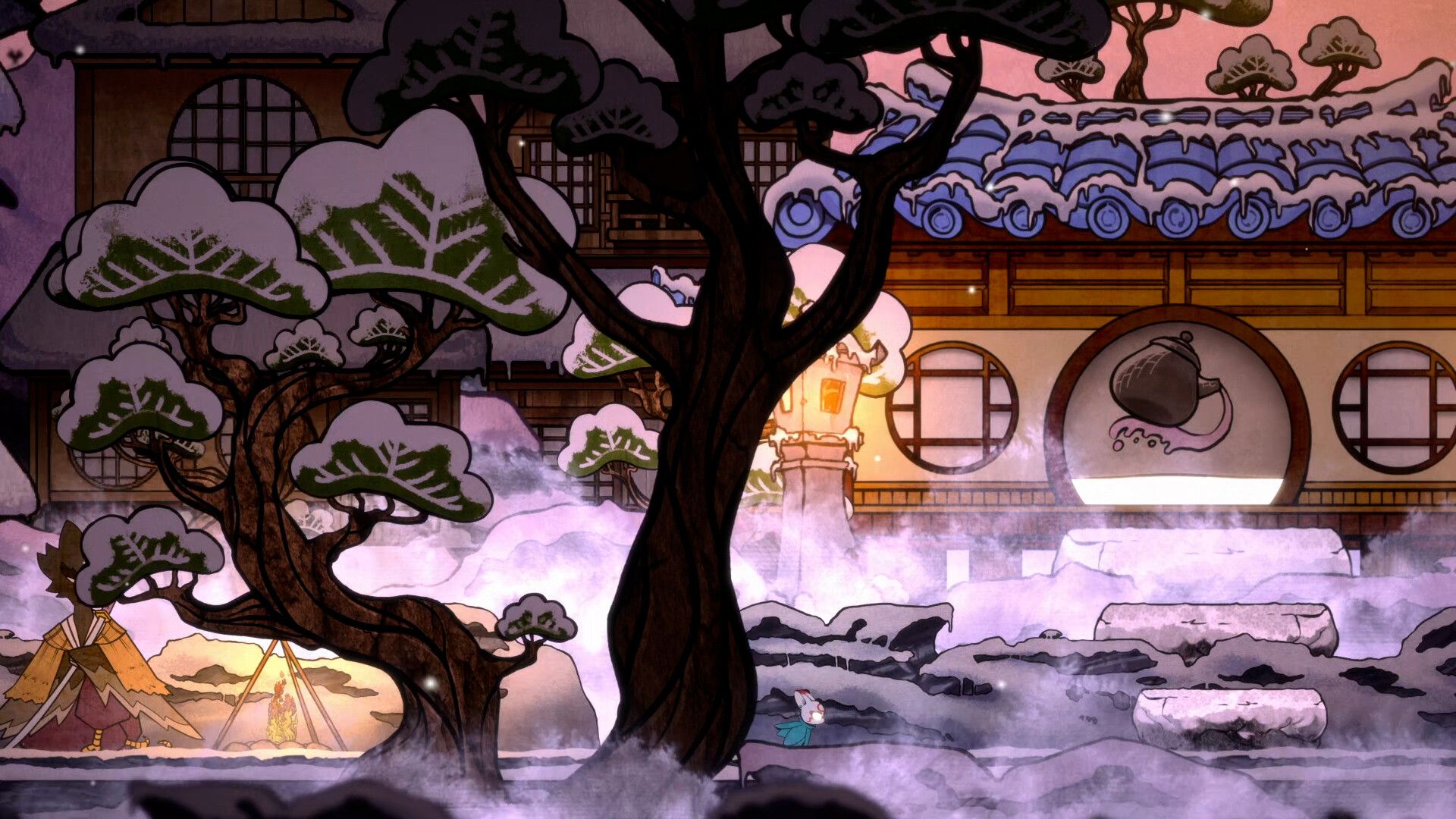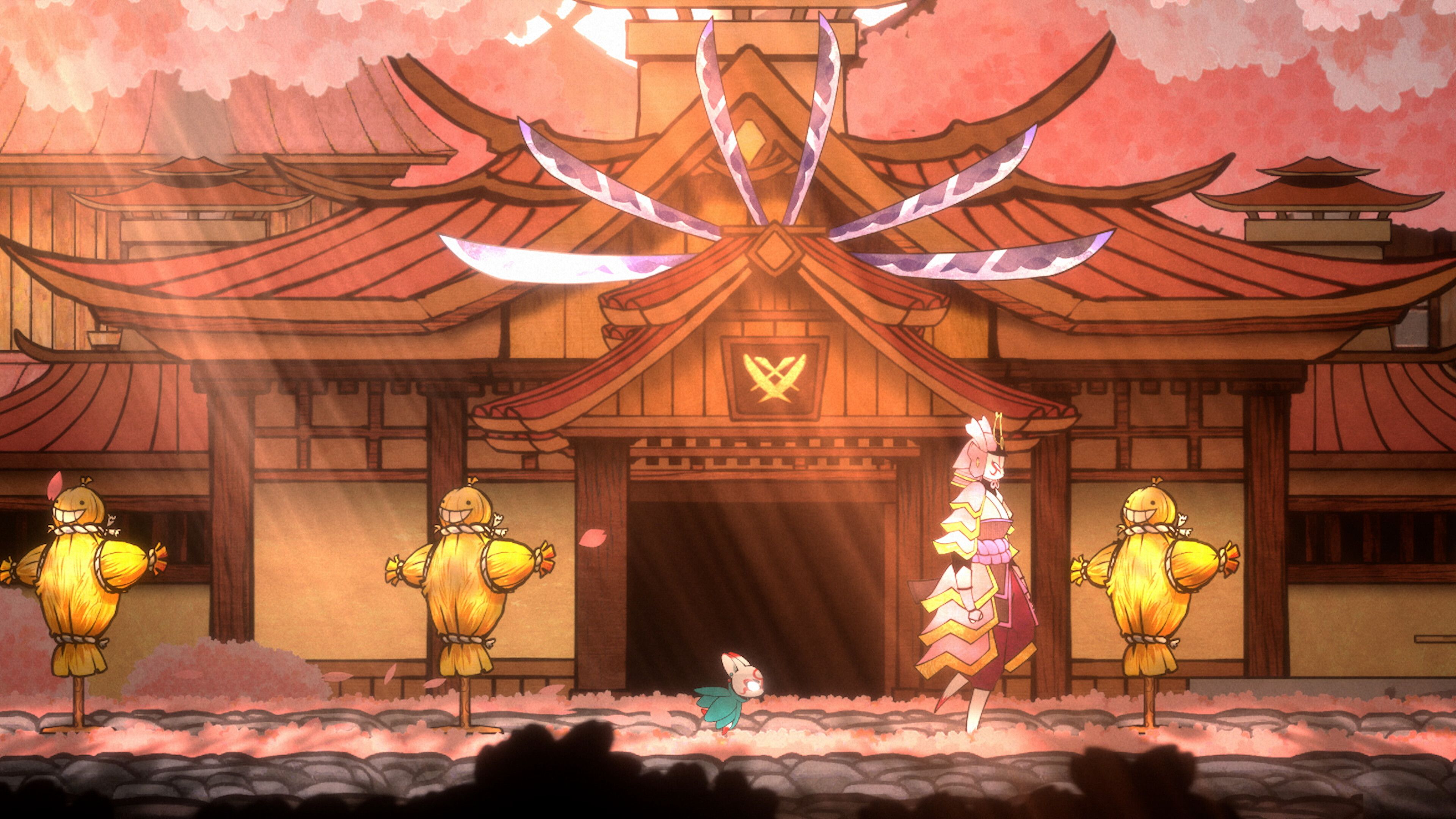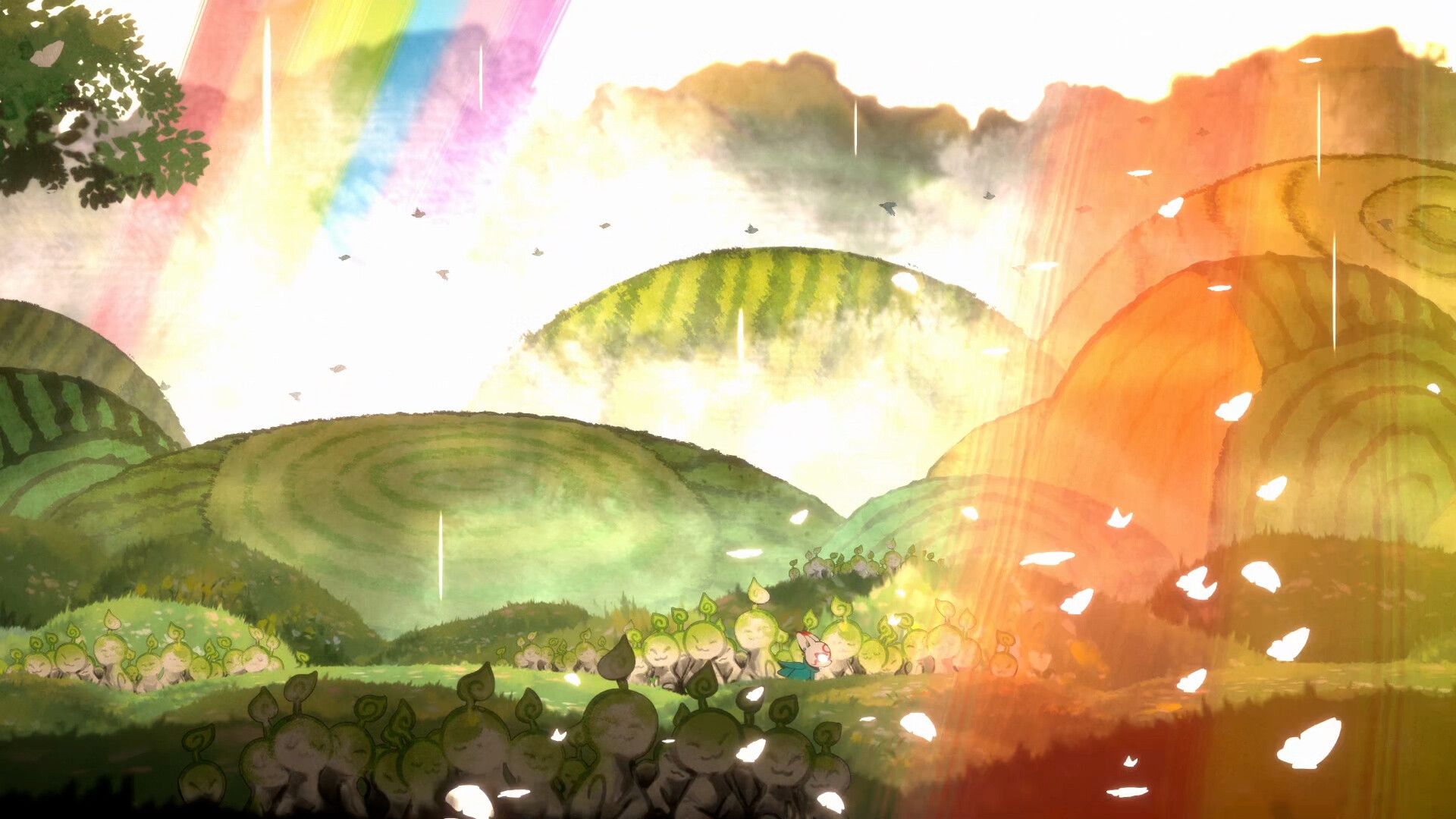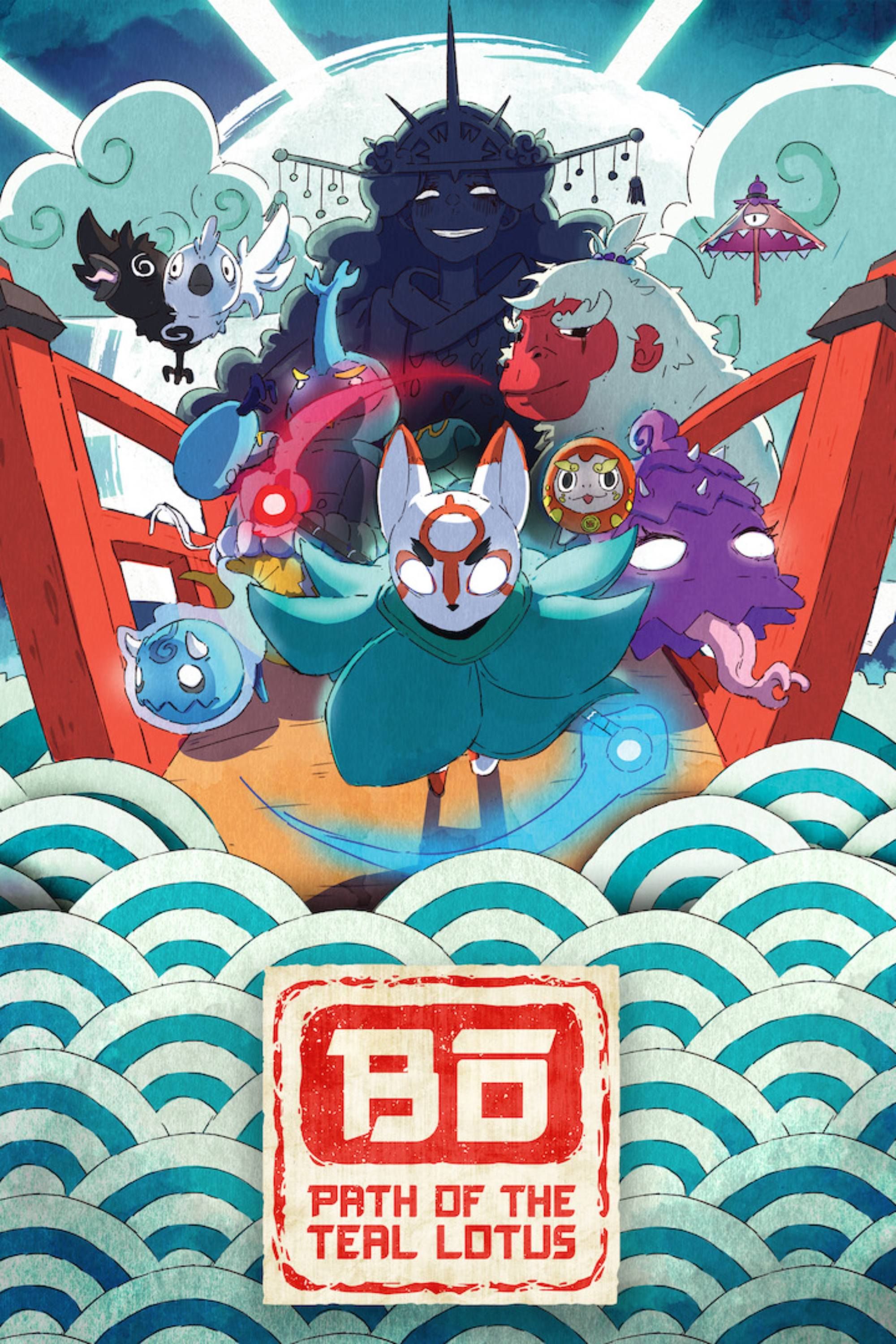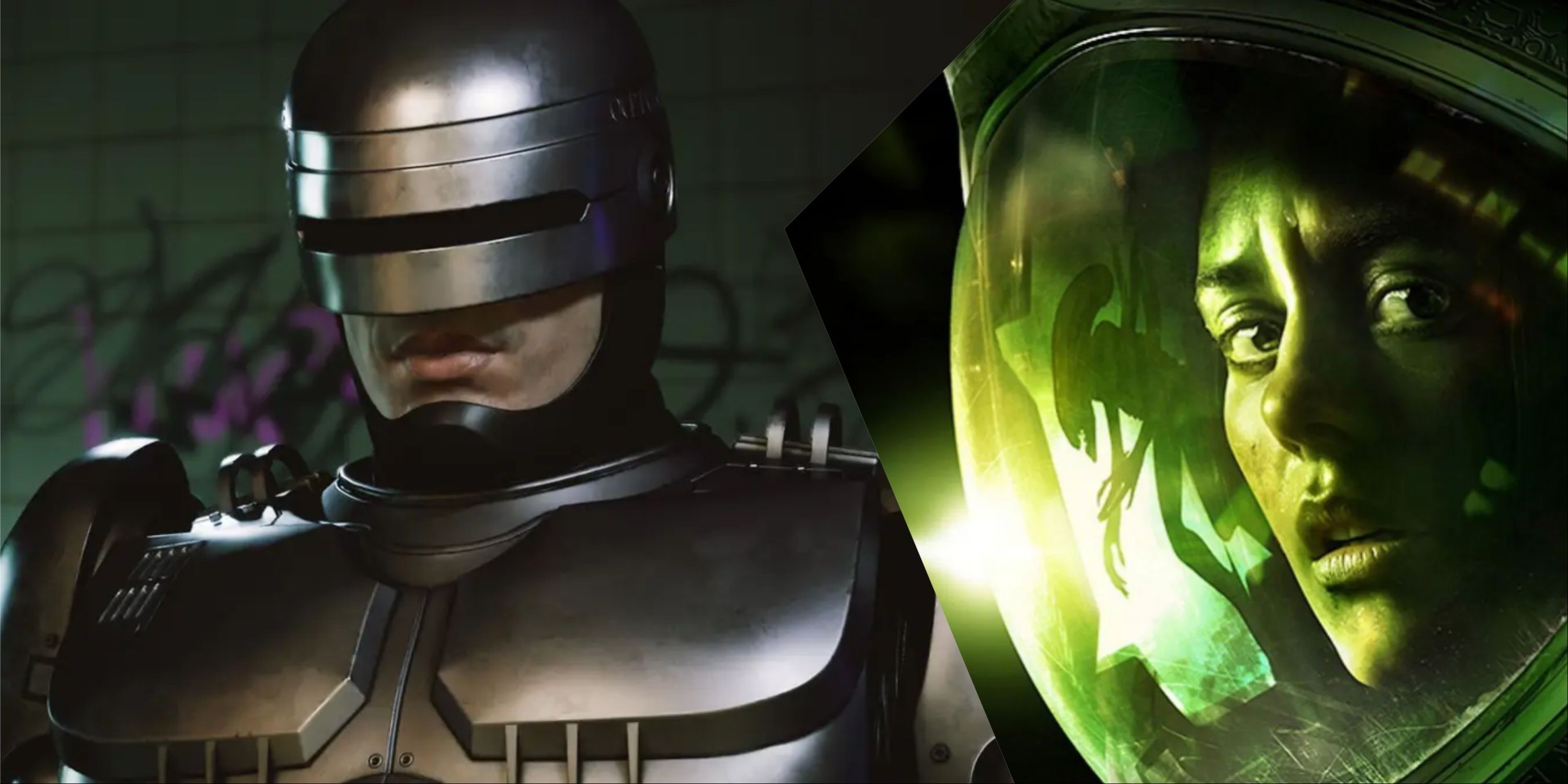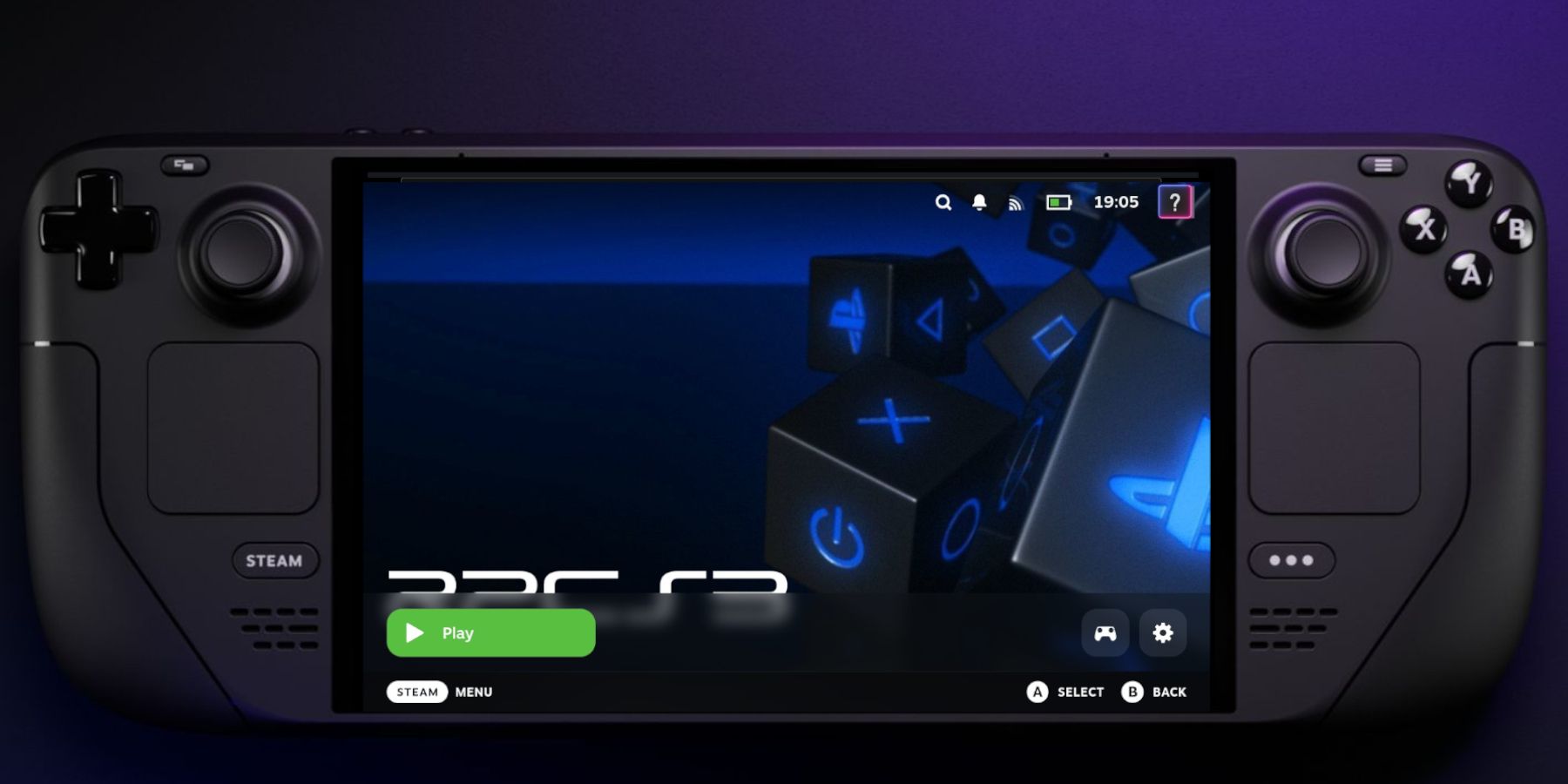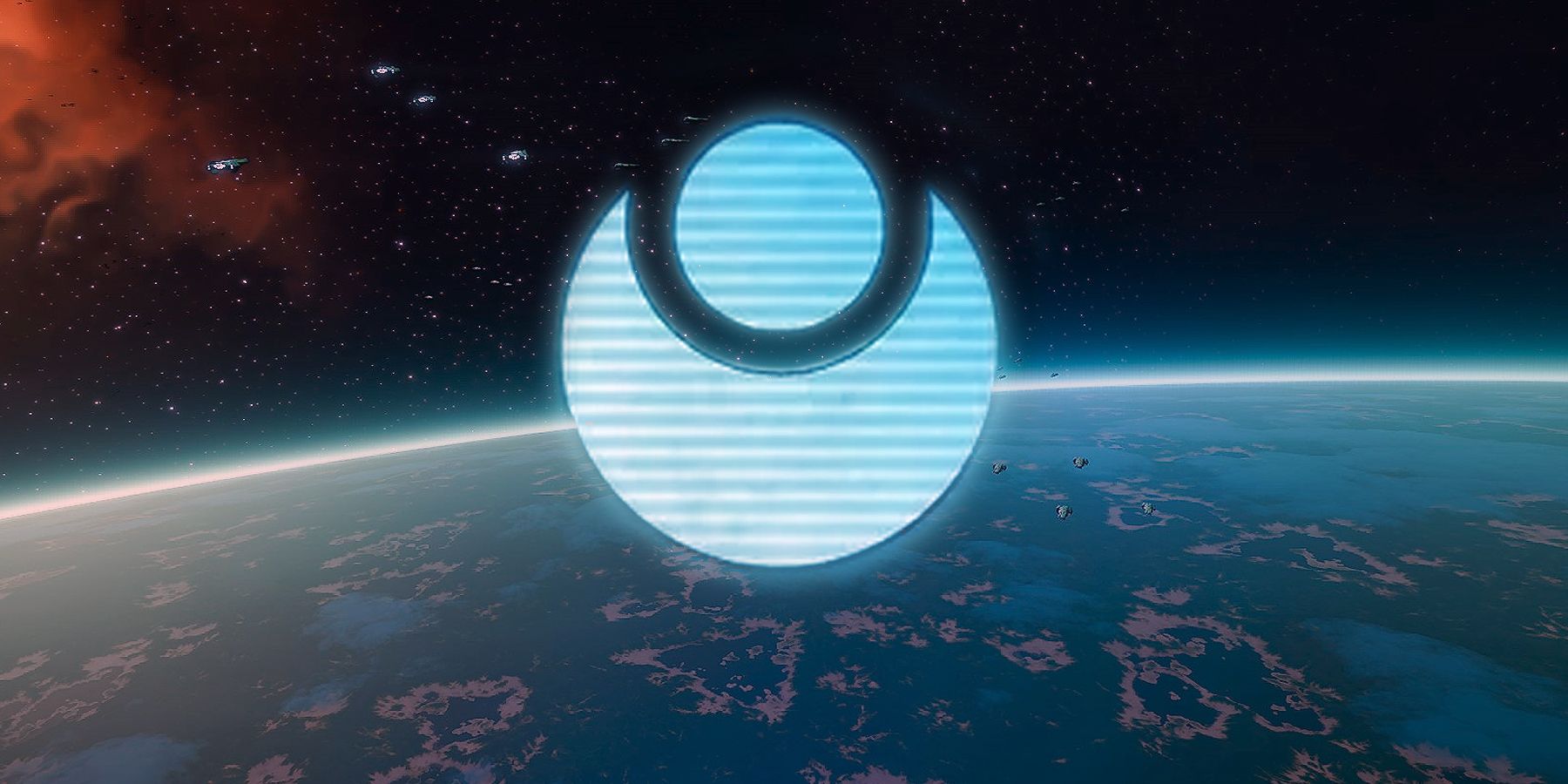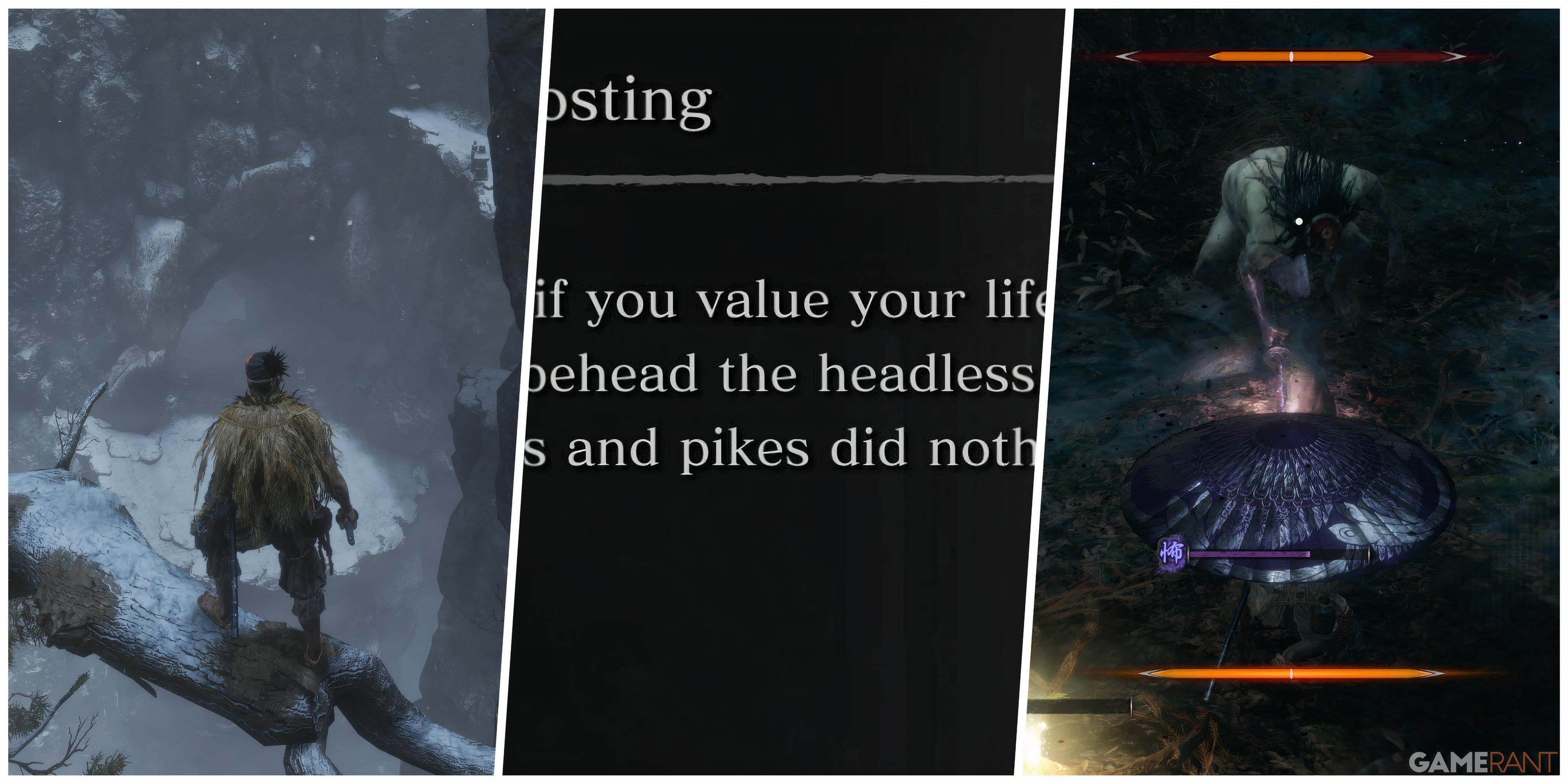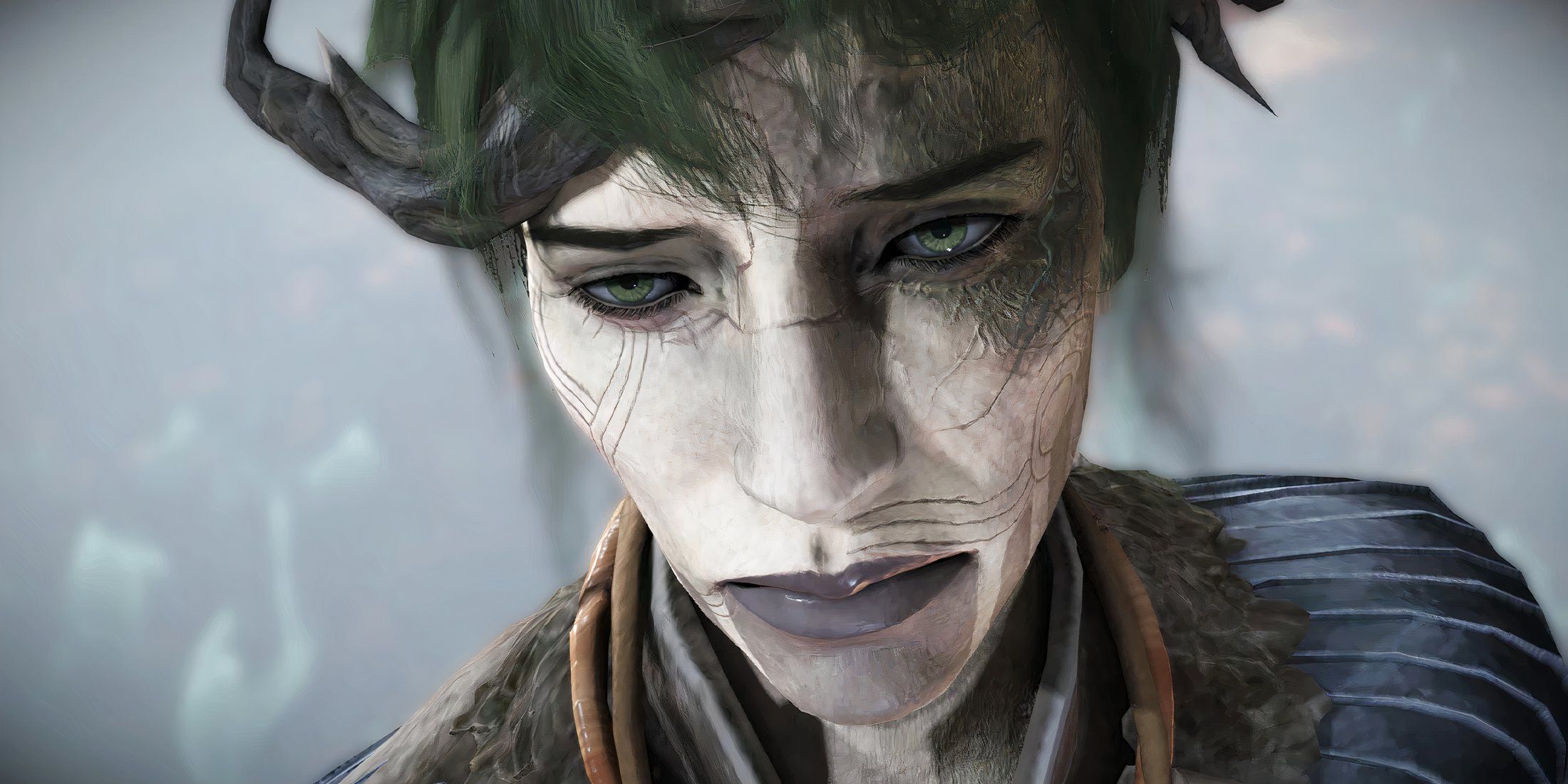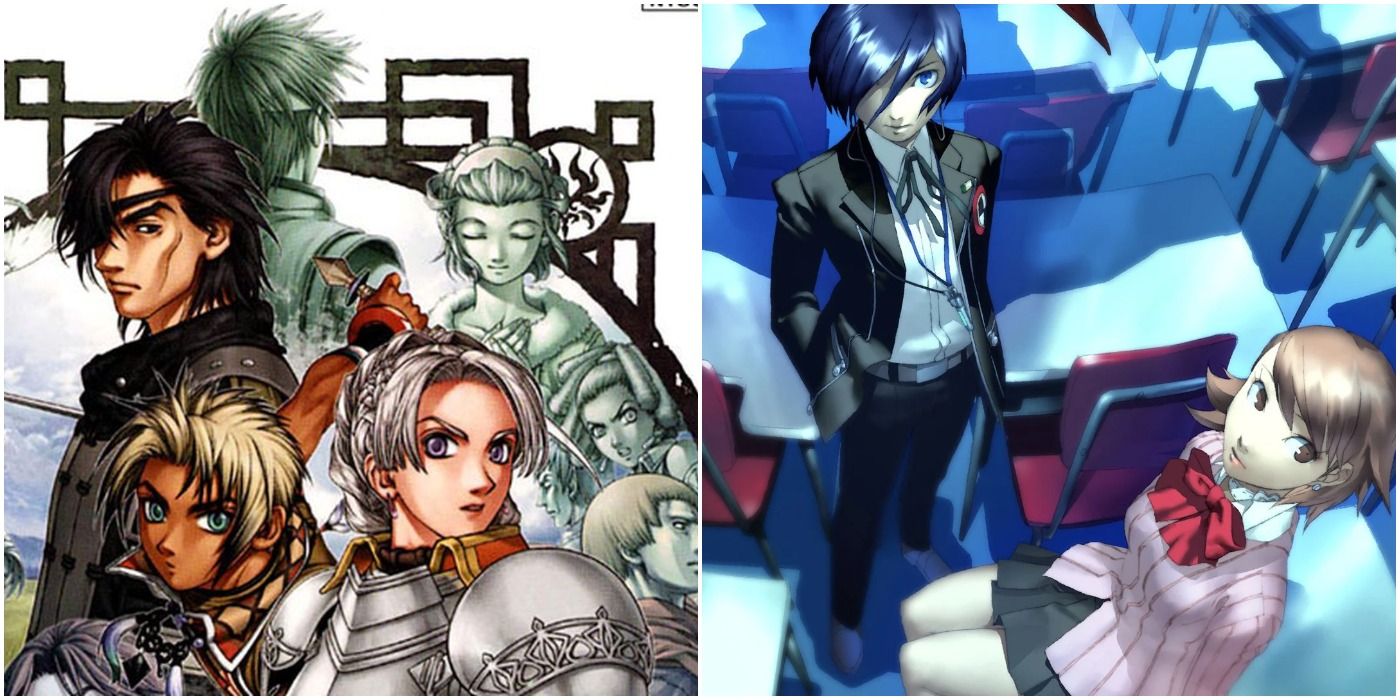The last few years have seen the Metroidvania subgenre turn a corner from a niche subset of action platformers owing a debt of gratitude to both the Metroid and Castlevania franchises to a thriving entity within the realm of indie game development. One of the most important games to help usher the genre into its ongoing renaissance was Team Cherry’s Hollow Knight, and it in turn has now inspired its own wave of games following in its wake. Squid Shock Studios’ Bō: Path of the Teal Lotus is one of the newer Metroidvania titles that share more than a few elements in common with Hollow Knight, but Bō‘s designers also have pulled from a wide variety of genre classics both new and old to create its pastiche.
Game Rant recently had the chance to sit down and discuss Bō: Path of the Teal Lotus ahead of the game’s launch on July 17, joined by the game’s Art and Design Director Christopher Stair as well as designer Milton Guasti and producer Robert Maloney (who both famously worked on the unofficial fan remake of Metroid 2, AM2R). Between its atmosphere, art direction, and gameplay, Bō earns a unique place in the Metroidvania subgenre as a compelling mix of several games’ worth of influences, Metroidvania or otherwise. The following interview transcript has been edited for brevity and clarity.
Related
Bo: Path of the Teal Lotus Review
Squid Shock Studios lets loose an astonishing debut in the form of Bo: Path of the Teal Lotus, a silky-smooth metroidvania platformer.
Bō: Path of the Teal Lotus’ Influences and Gameplay Inspirations
Q: What were some of the team’s biggest influences (Metroidvania and otherwise) that factored into Bō: Path of the Teal Lotus’ overarching design?
Stair: Initially, I was mechanically inspired by Dustforce and Celeste. I didn’t play The Messenger until well into development, but I absolutely love it, and it eventually became a game that influenced Bō. On the Metroidvania side of things, it’s no secret that Hollow Knight was a massive influence on everything from the art style to the mechanics and world-building. It would seem that Team Cherry almost single-handedly inspired an entire generation of new game devs trying to recreate the magic from Hollow Knight and I am proud to wear that on my sleeve.
Ori and the Will of the Wisps was also a huge influence. Milton Guasti, one of our designers, actually worked on WOTW and, naturally, the game will have some similarities because of that. But even before he joined, Ori 2 was one of my favorite games of all time, especially its flowy platforming. It feels so good to chain abilities for movement in that game; I really tried to capture even an ounce of that platforming magic in Bō.
Q: Bō’s associate designer and producer previously worked on AM2R. How did that experience aid the team and inform Bō’s approach to Metroidvania design?
Stair: We could not have done it without Robert Maloney and Milton Guasti. They showed me what experienced and seasoned pros are capable of and raised the standard of what we could aim for.
Guasti:Bō was a great learning experience. Discovering the source material that inspired the game, and adapting it into gameplay was challenging, but very fulfilling. As for combat and level design, the jump reset mechanic makes them quite unique compared to other games in the genre, and it helped make traversal through the game really fun and engaging.
Maloney: When I first learned about Bō: Path of the Teal Lotus, I immediately knew I wanted to support the project in any way I could. Shipping a game on time and under budget is naturally the goal of any studio, but the pressure is especially great for Kickstarter projects.
I am proud not only of how professional Chris was regarding our production plans, but how creatively he faced development challenges. Even when our team expanded, including Milton, we endeavored to avoid overscoping and instead just made it an opportunity to deliver on the same promises to our backers but at a higher quality. You could have mistaken our internal process for a larger indie studio, and you wouldn’t have guessed this was their first game at all!
Q: The other end of Metroidvania is Castlevania. What might fans expect from the Castlevania-inspired elements of the game?
Guasti:Symphony of the Night is one of my all-time favorites. The RPG mechanics allowing the player to grow and improve was something that we wanted to apply to Bō, to some extent, and that led to Sakura City and its citizens. Involving the lovely characters in the player progression just felt right.
Q: Could you talk a little bit about incorporating Soulslike features and why Souls mechanics work so well within Metroidvanias?
Stair: I wouldn’t call Bō a Soulslike—maybe a “Souls-lite”? Did I just invent that? Haha. It’s “Souls-y” in the sense that it has potential for a high skill cap in its platforming and combat. I really wanted to emphasize fights and platforming that require skill, timing, and strategy. You may be able to brute force some things, but in order to really enjoy the game, I think it takes a lot of patience and understanding of the player controller and its interactions with the environment.
I am personally not really a fan of over-punishing the player for a mistake. It already feels bad to fail a lot of the time, so why take all the player’s money too? There are many games that do it extremely well, but I just didn’t want that for Bō. Our team are big fans of Celeste and I love that in Celeste if you fail, you get that instant “dust yourself off and try again” type of gameplay. That’s how we approached Bō where we could. There are “bonfires” in the form of small shrines, but the player is not punished at all for dying other than spilling all their tea in their kettle, which is quite easily replenished.
Q: What was the design philosophy between the relationships of combat, exploration, and platforming?
Stair: The philosophy from the beginning was to give players options to stay in the air while platforming and in combat. We wanted combat and platforming to be intertwined with everything, centered around hitting things with your staff. You can hit almost everything in the game to receive a dash and jump reset, so there are always a ton of different approaches to combat.
You can pogo off this projectile to get to this ledge, or you can grapple through this object to get a better angle to bat at a projectile you wouldn’t normally be able to reach, etc. Enemies are used for a lot of the platforming as well. Clever players will be using enemies as launch pads to reach new areas early if they are keen.
Balancing Character Progression and Special Abilities Within Bō’s Core Gameplay Loop
Q: Can you discuss what character progression looks like in Bō and how traversal abilities factor into the game?
Stair: Bō starts out only being able to jump and move. Once receiving the staff, a ton of interesting tech opens up, including the jump resets and pogoing. The dash is received about 1–2 hours into the game and that is where I think a lot of people will start to understand and enjoy a lot of what makes Bō’s movement unique. Once receiving the dash, you can quite literally fly across screens without touching the floor if you’re skilled enough.
Later on, we expand on this with abilities like the grapple and the wall roll. The grapple might be daunting to some players because of its precision and speed, but I wanted it to be like that because, once mastered, it offers almost unparalleled player agency. I think it’s going to be kind of divisive for some casual players of the game, but I promise you that it feels so amazing once you get a grasp of the nuances.
Q: Can you talk about the core design and challenges of Bō’s Daruma allies and Omamori Charms? How do these impact the core gameplay loop?
Stair: Having variability in playstyles was very important to us, so that is where the Daruma and Omamori systems come into play. Daruma Dolls are essentially spells that come in the form of summons. There are eight in the game and many of them have secondary action commands that allow skill expression.
For example, the first Daruma you get, “Chomper,” may seem like a Hadouken-type spell, but a well-timed secondary cast while Chomper is dashing will cause Chomper to do a bite in his current location and deal big damage. I love skill-based action commands in games (a la Paper Mario) that reward players for putting in the extra time to master them.
Milton actually designed the core of the Omamori system and many of the initial Omamori designs. When you think about it, the Omamori are really all just accessibility features with skins. There could be one that heals you over time, lets you run faster, slows down time during certain actions, money magnet, etc.
These are all just to kind of aid or help the player in places where they may feel weaker. There are some wacky ones like the “Innovation” Omamori, which spawns a slicing steel fan around Bō whenever the player expends a jump reset. Oh man, that caused a lot of balancing problems in development, but I think we got it feeling good!
The Process and Influences Behind Bō: Path of the Teal Lotus’ Striking Visuals
Q: Can you discuss some of the stylistic influences that went into Bō’s hand-drawn visuals?
Stair: As an artist, I am hugely influenced by Japanese art, both traditional and contemporary. I never studied it or anything, but I have always been drawn to Ukiyoe and Sumi-e paintings from Japanese tradition. Japan also has a very rich culture of pattern making (wagara) that I wanted to incorporate into Bō. You will see a lot of stylistic choices that echo this tradition within Bō, whether it be environmental objects and effects like clouds and smoke or in the clothing the characters wear.
A lot of traditional Japanese art does a lot of abstraction in certain natural elements like clouds, leaves, and fire. I really wanted to stylize everything in line with these abstractions. When approaching designing the area aesthetics, I always studied the way the old masters (Hokusai, Hiroshige, etc.) rendered things like mountains or trees before I sat down and did concepts. We didn’t fully lean into staying true to that style, but the references and influences are there for people familiar with them.
As far as contemporary artists, I have been a big fan of Takashi Murakami since I was a child. His super flat style and almost psychedelic approach to his color palettes and character designs always enamored me. He is also a guy who doesn’t seem to take himself or his art too seriously and that gives his art that unique quality. I want to be like him when I grow up. He’s awesome. Sawaki Takeyasu (Okami) is always a big influence. I am also inspired by Demon Slayer anime, Studio Ghibli, etc.
Q: What about the process? Could you walk us through how you created these visuals?
Stair: The art team consisted of three core people: myself; Alexis Cabrera, who did a ton of the buildings and environmental objects; and Michelle Kamijo, who was our animator. Lisa Buttinger came in late in development to help with dressing and fleshing out the environments.
When I design a character, I will rarely do a concept sketch first. Sometimes I will use pencil and paper since I am primarily a traditional media type of guy, but in the end, everything goes to Photoshop, where I collect some references and just start hacking away at shapes and lines until I start until something clicks.
Q: Bō is one of many new Metroidvania titles to have seen success on Kickstarter. Can you discuss what it was like seeing that success and how that impacted the team throughout Bō’s development?
Stair: Oh my god, I had no idea when I hit that launch button on Kickstarter that we would even make a single dollar. Somehow, things went well. We owe a lot of gratitude to Yacht Club who were doing their campaign for Mina the Hollower at the time and gave us a nice shoutout. From there, things really snowballed.
That being said, I was really stressed out during the whole Kickstarter. We didn’t have a team back then, and I was doing everything and stumbling a lot along the way. I really tried my best to make the backers happy. They are really a massive reason why we were able to do what we did.
Q: Is there anything else you’d like to add about Bō: Path of the Teal Lotus?
Stair: Nothing other than the basic call-to-action stuff that I am sure you are already doing, but I want to thank you so much for these really great questions. They made me think a lot!
Maloney: Despite living in Japan for seven years, I learned so much more about Japanese folklore and culture through research for the project. Although we avoided feature creep, I am excited that we have many ideas that we could use in the future, and we are always listening to player feedback. I look forward to the future successes of Chris and the studio.
Guasti: Every single person in the team was aligned with the whole concept and gave their best. Playing the finished game for the first time was a truly special experience, and I can’t wait for more people to experience it too. Have fun!
[END]
/cdn.vox-cdn.com/uploads/chorus_asset/file/24087547/STK138_Matter_K_Radtke_02.jpg)
.jpg)
